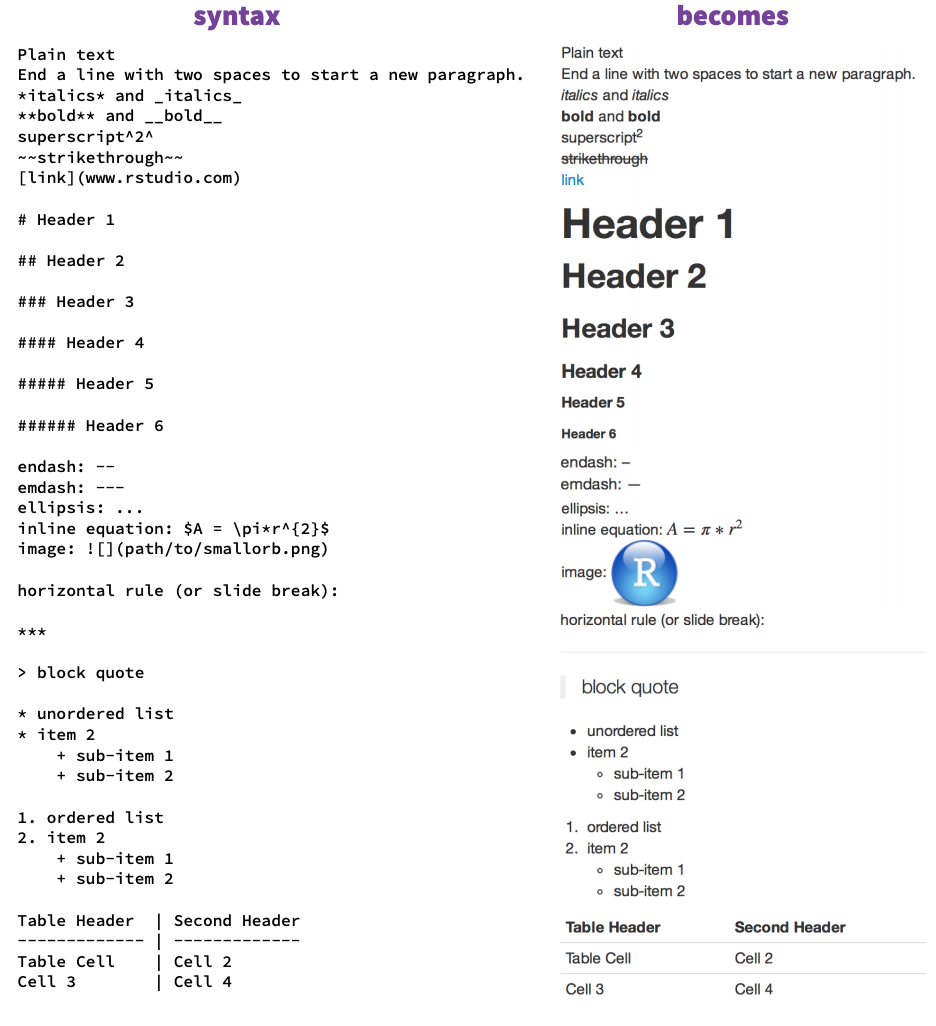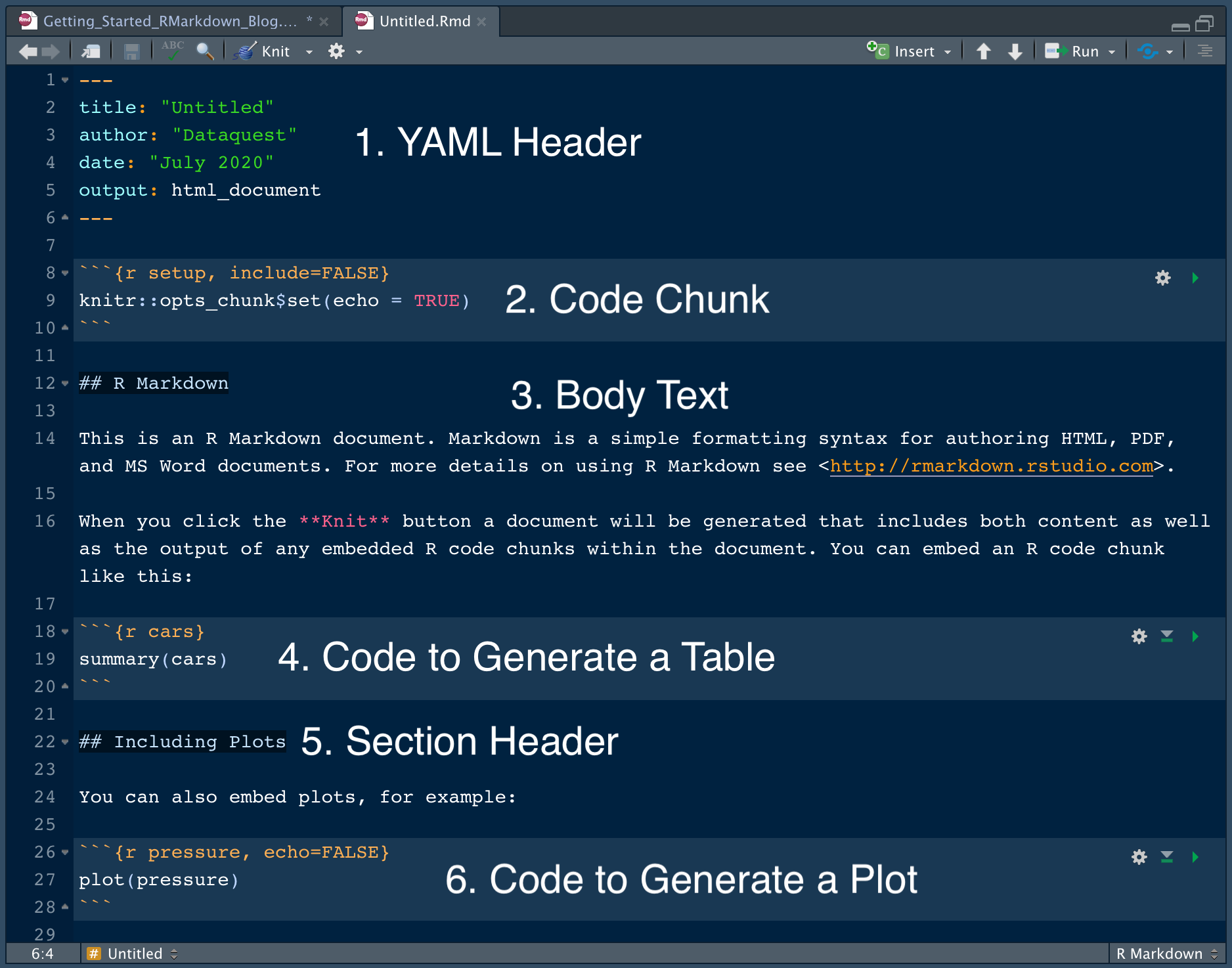

Some of the process leading to the completed plot is shown above, such as reading in the data, creating variables representing the 1960 fertility rate and life expectancy, an intermediate plot that was rejected, and so on. Of course we should have a key which tells the viewer which region each color represents, and a way to determine which country each point represents, and a lot of other refinements. > symbols(lifeexp, fertility, circles= sqrt(pop /pi), inches= 0.35, + bg= match(region, unique(region))) You’ll see two plots below, first the “empty” plot which is just a building block, then the plot including the appropriate symbols. Ggplot2 that provides a different way to create such plots. Don’t worry about the details! In fact, later in the book we will learn about an R package called Then we will use the symbols() function to add symbols, the circles argument to set the sizes of the points, and the bg argument to set the colors. The argument type="n" tells R to do this. First we will create the axes, labels, etc. To create the scatter plot we will do two things. "East Asia & Pacific (all income levels)"

"Sub-Saharan Africa (all income levels)" "Europe & Central Asia (all income levels)" "Latin America & Caribbean (all income levels)" "Middle East & North Africa (all income levels)" > region "Europe & Central Asia (all income levels)" Tools in R such as R Markdown facilitate this process.
#ORDERED LIST RMARKDOWN CODE#
Much more effective is to include the actual computer code which accomplished the data work in the report, whether the report is a homework assignment or a research paper.
#ORDERED LIST RMARKDOWN FULL#
In practice, it is typically difficult or impossible to reproduce a full data analysis based on a written explanation. In principle, this can be facilitated by explaining, in words, each step of the work with data. Thinking about data science, this means that all the steps taken when working with the data from a study should be reproducible, from the selection of variables to formal data analysis. Ideally a scientific study will be reproducible, meaning that an independent group of researchers (or the original researchers) will be able to duplicate the study. Next consider the larger scientific endeavor. If we save a script file, we have the ingredients immediately available when we return to a portion of a project. In such cases we may have forgotten how we created the graphical display that we were so proud of, and will need to again spend a few hours to recreate it. Often we work on one part of a homework assignment or project for a few hours, then move on to something else, and then return to the original part a few days, months, or sometimes even years later. In addition to making the workflow more efficient, R scripts provide another large benefit. Although this all could be accomplished by typing and re-typing commands at the R Console, it is easier and more effective to write the commands in a script file, which then can be submitted to the R console either a line at a time or all together. Furthermore, each of these representations may require several R commands to create. For example creating an effective graphical representation of data can involve trying out several different graphical representations, and then tens if not hundreds of iterations when fine-tuning the chosen representation. 11.6 A Summary of Useful graphics Functions and Argumentsĭoing work in data science, whether for homework, a project for a business, or a research project, typically involves several iterations.8.4.2 Michigan Campgrounds Server Logic.8.4 More Advanced Shiny App: Michigan Campgrounds.7.2 Programming: Conditional Statements.6.2 Reading Data with Missing Observations.4.7.2 Logical Subsetting and Data Frames.4.7.1 Modifying or Creating Objects via Subsetting.4.6.1 Accessing Specific Elements of Lists.4.5.1 Accessing Specific Elements of Data Frames.4.1.2 Accessing Specific Elements of Vectors.3.2.1 Creating and processing R Markdown documents.2.5 Workspace, Working Directory, and Keeping Organized.

2.3.2 Basic descriptive statistics and graphics in R.
#ORDERED LIST RMARKDOWN HOW TO#


 0 kommentar(er)
0 kommentar(er)
